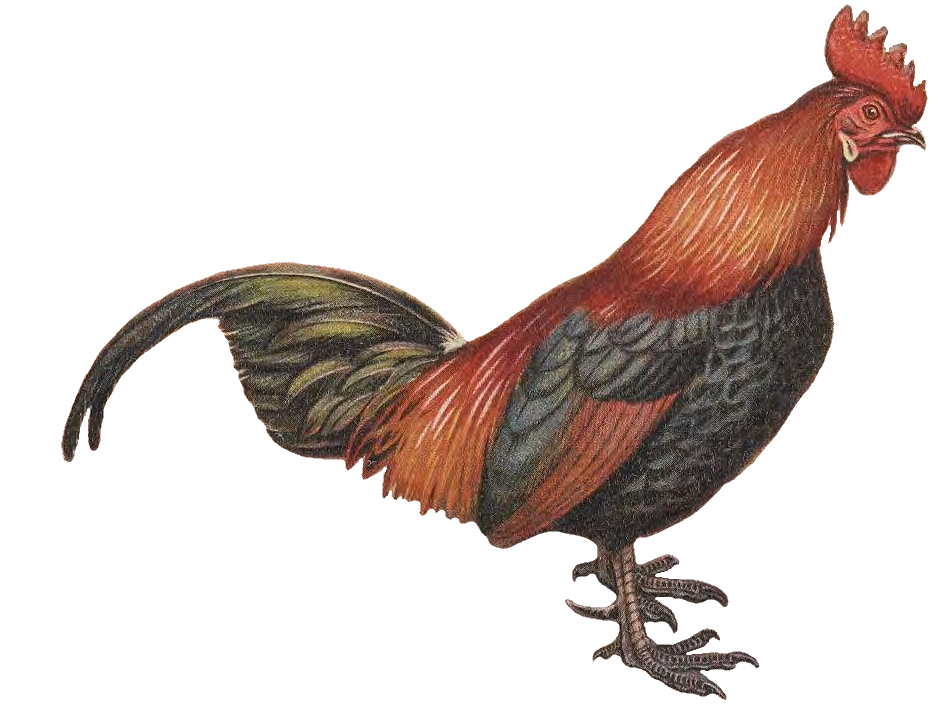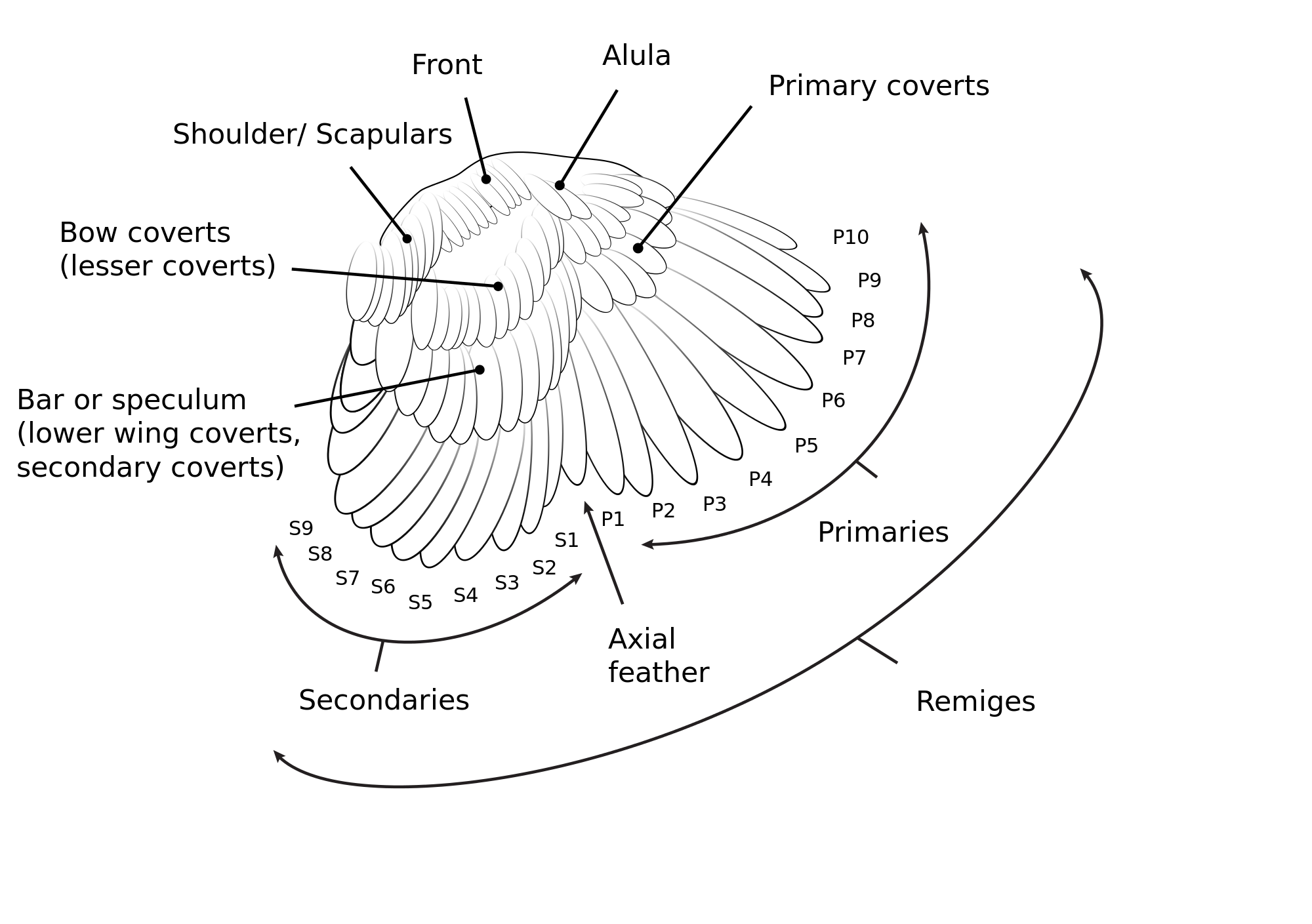
Each American consumes the equivalent of 27 chickens per year, not counting eggs. The U.K. raises 870 million chickens and imports another 400 million each year. And no wonder, chickens are tasty. The domestic chicken came from the Red Junglefowl of Asia. Domestication occurred at least 7000 years ago in China and maybe as far back as 7400 years. But chickens were not domesticated for food right away. It seems that about 10,000 years ago in China the birds were used in cockfighting. The losers were eaten. But chicken bones with cut marks taken from archeological sites in Israel show that twice as many females were eaten than males, so it wasn’t just the male losers providing the feast. So chicken consumption goes way back.
So how did they become domesticated? Probably the tamer, less fearful birds were put in captivity and bred. There is evidence that domesticating animals changes more than just their personalities, making them even more tame. A study in Sweden seems to indicate that domesticating chickens not only calms them down but makes their metabolism more efficient, producing bigger birds faster. As we bred the chickens for various uses – eggs, meat, cockfighting, and show, we have developed at least 37 different breeds and hundreds of varieties.
The Red Junglefowl wasn’t much of a flier, using short flights just to escape predators and flying into trees to roost at night. Today’s domestic chickens can fly, but are much worse at it. (That’s why they walk across the road instead of flying.) As we bred chickens for their various uses, especially food, we selected for those chickens with the biggest breasts, the white meat. As the breasts increased in size, the birds got heavier. But the wings didn’t get any bigger.
Wing loading relates the mass of an aircraft or bird to the total wing area. If a bird or plane has a low body mass but has rather large wings, it will have low wing loading, for example, gliders and frigate birds and vultures have low mass with large wings and therefore have low wing loading. A bird with large body mass and small wings has high wing loading. A chicken has a large mass with comparatively small wings, so it has heavy wing loading and thus a chicken’s wings just can’t lift its body very far.

The breast meat of chicken is white meat. White meat results from muscles that are used less frequently as chickens don’t fly much. The leg meat, such as thigh meat, typically is referred to as dark meat, resulting from muscles that are used for sustained activity. Chickens walk a lot and the higher activity of the leg muscles increases the muscles’ need for oxygen. The darker color of more active muscles comes from myoglobin, a chemical important for oxygen transport. Other species of poultry that are capable of flight (such as some ducks, geese, and guinea fowl) have dark meat throughout their bodies (that is, in the breast, thigh, and drumstick).
As Thanksgiving is next week, you might refer to an earlier blog on the turkey.
Pingback: How to Humanely Clip Chicken Wings